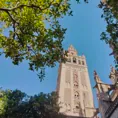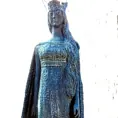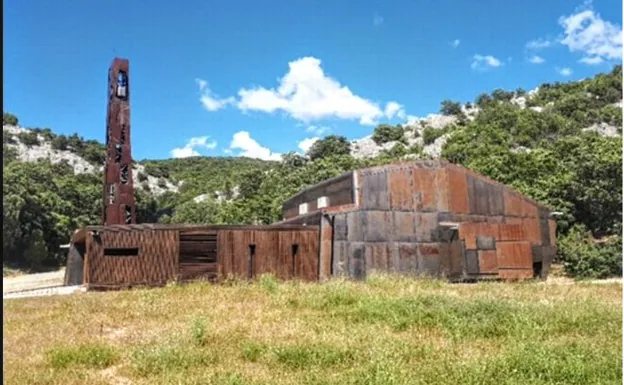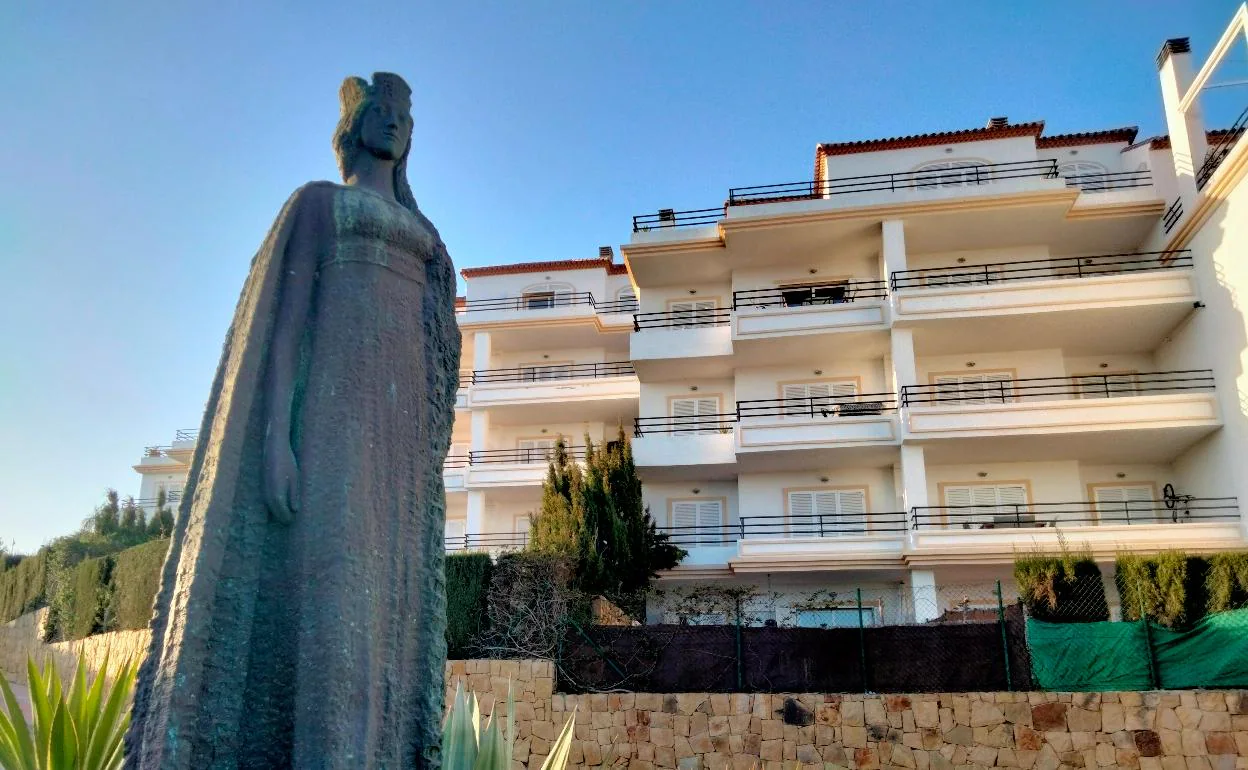Christina of Norway: apparently the first Nordic expat in Andalucía
Christina of Norway arrived to Spain in December 1257, and took part in the Christmas Eve party at the Abbey of Santa María la Real de Las Huelgas in Burgos. The princess passed away in Seville 760 years ago
ALEKK M. SAANDERS
Friday, 23 December 2022, 08:59
It is believed that in the 13th century King of Castile, León and Galicia, Alfonso X (known as Alfonso the Wise), dreamed of taking the crown of Holy Roman Emperor and sought support in the northern kingdoms of Europe, among others. Norway was also keen to make ties with Southern Europe.
With the right to choose
According to Norwegian historian Peter Andreas Munch's saga 'A History of the Norwegian People (Det norske folks historie)', King Håkon sent a delegation to the court of Castile in 1255 where they presented gifts of falcons, furs, and fine leather. The Norwegian envoys were well received by the Spanish court and the following year, when they returned to Norway, they were accompanied by representatives of Alfonso X. In Norway, the head of the delegation, the royal notary Sira Ferrant, suggested King Håkon betrothed his daughter Christina (Kristina Håkonsdatter in Norse) to one of King Alfonso's brothers.
The princess would be allowed to choose which of King Alfonso's four brothers she wanted to marry, after meeting each of them in person
Eventually, the king of Norway agreed to send Christina to the Castilian court. The only one condition that was noted, a privilege for marriages of that era, was that the princess would be allowed to choose which of King Alfonso's four brothers she wanted to marry, after meeting each of them in person.
The arrival to the Peninsula
In the summer of 1257, the 23-year-old princess set sail from the port of Tønsberg, saying goodbye to her country and people forever. First, the entourage of 100 people crossed the North Sea and then passed through the English Channel. In Normandy they continued their journey on horseback across France, directly to the Spanish border of Catalonia.

There is a version that the king even dared to ask for her hand, but the Norwegian princess declined, explaining her real mission
In Barcelona, King James I of Aragon arranged a party in Christina's honour. It is believed he was enchanted with the Nordic beauty, with golden hair and icy blue eyes. There is a version that the king even dared to ask for her hand, but the Norwegian princess declined, explaining her real mission - to form an alliance with Castile.
Christina's choice
King Alfonso X of Castile and his army was waiting for her in Palencia to escort her to Valladolid, where the royal family lived at that time. Christina visited Burgos and was pleasantly impressed by the city, celebrating Christmas there in the monastery of Las Huelgas with the king's sister.
The Norwegian princess chose Prince Felipe, a cultured young man, educated in literature, history and theology that he studied in Paris
After meeting all Alfonso's brothers, the Norwegian princess chose Prince Felipe. At the age of 26, he was a cultured young man and, unlike his older brothers, had not been educated in the art of war or politics but in literature, history and theology studying in Paris. His planned destiny was to serve the church, and on his return from France he was appointed abbot of the Collegiate Church of Covarrubias. At the age of 21, the prince was already archbishop of Seville. When Christina's choice was done, the king authorised Philip's dispensation to abandon his great ecclesiastical office so that he could marry the Nordic princess.
On 31 March 1258, Christina of Norway and Philip of Castile were married in Valladolid
On 31 March 1258, Christina of Norway and Philip of Castile were married in Valladolid. Incidentally, the marriage of Philip of Castile and Christina was the only royal wedding between Norway and Spain.
Seville
Soon the young couple left Castile and settled in the south, in the city of Seville that had been recently freed from the Moors. It is believed that Princess Christina fell ill with a fever in Andalucía and died childless in 1262, at age 28, four years after her arrival to the peninsula.

The young couple left Castile and settled in the south, in the city of Seville that had been recently freed from the Moors
Christina was carried to the abbey church in Covarrubias, 40 km south of Burgos. Her wooden casket was placed within a simple limestone sarcophagus, ornamented with carved grape leaves. In 1952, her sarcophagus was opened by craftsmen while doing restoration work and a piece of written parchment was found in the casket. (It is thought that Philip himself composed long poems expressing his strong feelings for Christina and left the last ones with her forever).
Modern times
The Fundación Princesa Kristina de Noruega was established in 1992 to preserve and advance the cultural and historical ties between Norway and Castile and León. The cities of Tønsberg and Covarrubias have entered a friendship agreement as the result of this old connection.
The Fundación Princesa Kristina de Noruega was established in 1992 to preserve and advance the cultural and historical ties between Norway and Castile and León
In 1978 a statue of Princess Christina by Brit Sørensen was unveiled in Covarrubias and another was later placed in Tønsberg. There is a statue of the Norwegian princess on the Costa del Sol as well. The Norwegian beauty in bronze stands on the roundabout in Manilva. The reason is that a luxury residential area on the hill close to La Duquesa Golf & Country Club and the fishing village of San Luis de Sabinillas was named after Princesa Kristina.

In 1978 a statue of Infanta Christina was unveiled in Covarrubias. There is a statue of the Norwegian princess on the Costa del Sol because a luxury residential area is named after her
It is believed that Christina desired for a church to be built in Spain dedicated to St Olaf (King of Norway from 1015 to 1028). Her dream came true only this century when a simple pre-Roman style church designed by Pablo López Aguado, was built in Covarrubias in 2011. It was an international project as Iceland, Liechtenstein and Norway, with local Spanish authorities as well as several Spanish and Norwegian companies, were among the contributors to its construction.

For several years now the area of Covarrubias is considered as the most attractive for Norwegian tourists who make a pilgrimage to visit the final resting place of a Norwegian daughter, Infanta of Castile and an adopted Andalusian.
